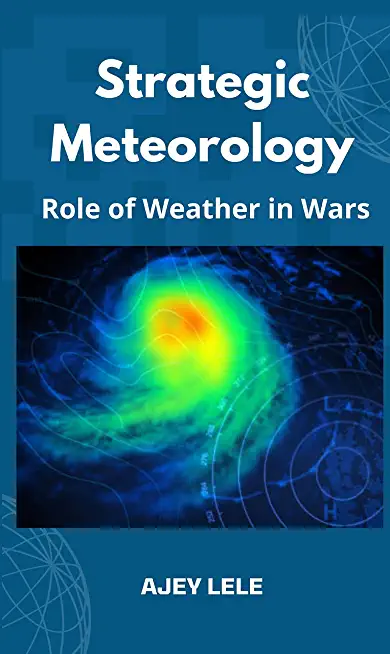
For centuries, it has been observed that the knowledge of meteorological conditions is extremely essential during warfighting. Weather is known to have played a critical role in the outcome of various military conflicts in the past. Modern-day wars are technologically driven. The nature of warfare is found to be continuously evolving; at the same time the conventional warfare is still relevant. Present-day warfare demands avoidance of collateral damages, no loss of civilian life, efforts towards ensuring environmental safety as far as possible and certain types of weapon systems like say blinding lasers, land mines etc. to be disallowed. Interestingly, in contrast, some States are found to be making investments in weather modification technologies to such an extent that the possibility of them tweaking this knowledge to build weather weapons cannot be ruled out. The Space domain is emerging as a fourth dimension of warfare and space meteorology has gained prominence. Also, militaries are required to be conscious about the realities of climate change and need to rework on some of their strategies. In this backdrop; the importance of timely, accurate and mission-specific weather prognosis is increasing significantly. This book argues that now the time has come to critically dwell on the 'strategic' dimension of meteorology.







